Advanced AI-Powered Context Awareness for Intelligent Video Moderation

Context is everything in effective video content moderation. The same visual or audio elements that might be completely inappropriate in one setting could be perfectly acceptable or even educational in another. A medical educational video discussing human anatomy contains content that would be inappropriate on a children's platform, while news footage of violence serves legitimate informational purposes that entertainment violence does not. This fundamental challenge requires sophisticated contextual analysis capabilities that go far beyond simple object detection or keyword matching.
Scene understanding and contextual analysis represent the next frontier in artificial intelligence-powered content moderation, employing advanced machine learning techniques to comprehend not just what is present in video content, but why it's there, what purpose it serves, and whether that purpose aligns with platform policies and community standards. This level of sophisticated analysis enables more nuanced, accurate, and fair moderation decisions that respect content creators while maintaining user safety.
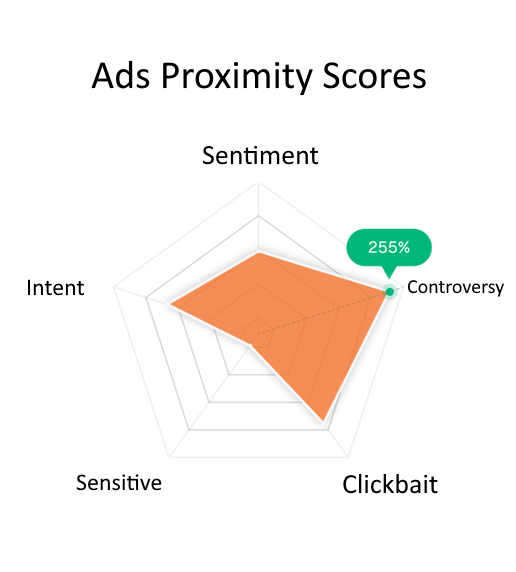
The foundation of effective contextual analysis begins with sophisticated scene classification technology that can automatically identify and categorize the type of content being analyzed. Our advanced scene classification system employs deep learning neural networks trained on millions of hours of diverse video content to recognize different content types, settings, and purposes with remarkable accuracy.
Our scene classification system can automatically distinguish between educational content, news coverage, entertainment media, user-generated casual content, artistic expression, and commercial material. This fundamental categorization enables the application of appropriate moderation standards for each content type, ensuring that educational discussions of sensitive topics are not subject to the same restrictions as entertainment content.
The system's ability to recognize educational content extends to identifying specific educational contexts such as medical instruction, historical documentation, scientific demonstration, and academic discussion. This recognition enables more permissive moderation policies for legitimate educational content while maintaining strict standards for non-educational material containing similar elements.
Understanding the physical environment and setting depicted in video content provides crucial context for moderation decisions. Our environmental analysis capabilities can identify settings such as medical facilities, educational institutions, news studios, entertainment venues, private homes, and public spaces, each of which may have different standards for appropriate content.
Medical settings, for example, may contain imagery that would be inappropriate in other contexts but is necessary for legitimate medical education or patient care. News studio environments indicate journalistic content that may require different evaluation standards than entertainment or user-generated content.
The production quality and technical characteristics of video content often provide important contextual clues about content purpose and legitimacy. Professional production quality may indicate news content, educational material, or legitimate entertainment, while amateur production might suggest user-generated content requiring different moderation approaches.
Automatic identification of content genres including news, education, entertainment, and documentation.
Environmental analysis to understand physical context and appropriate content standards.
Production value assessment to distinguish professional content from user-generated material.
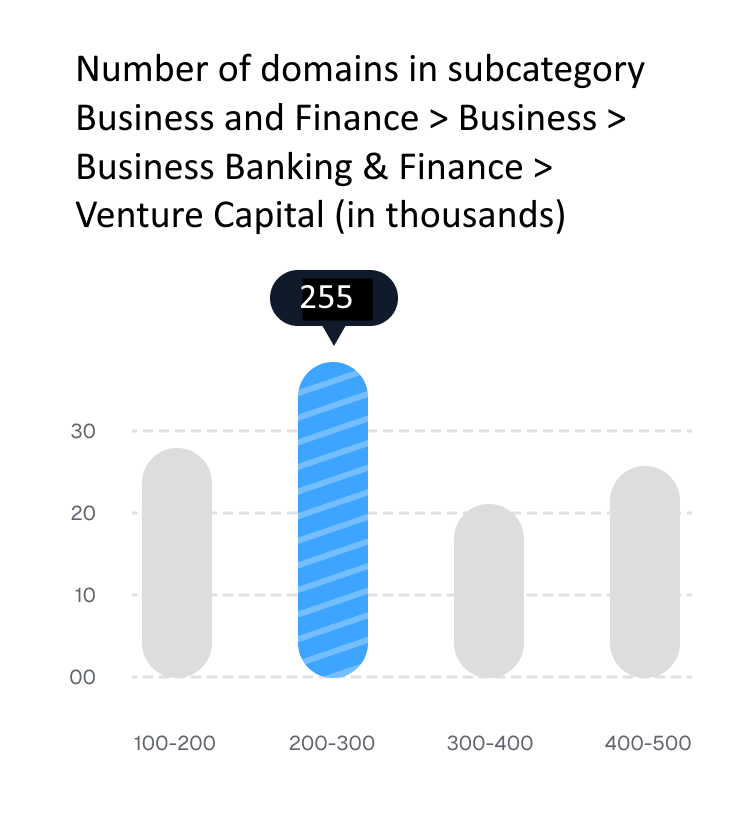
Understanding the intent behind content creation represents one of the most sophisticated aspects of contextual analysis. The same potentially sensitive content might be created for educational purposes, artistic expression, news reporting, entertainment, or malicious intent. Our advanced intent recognition system analyzes multiple signals to determine the likely purpose and motivation behind content creation.
Educational content often contains material that might be flagged by basic moderation systems but serves legitimate instructional purposes. Our educational intent detection analyzes factors such as presentation style, explanatory narration, pedagogical structure, and institutional context to identify genuine educational content.
The system can distinguish between content created for legitimate educational purposes and content that merely claims educational value to evade moderation. True educational content typically exhibits specific structural and presentation characteristics that our analysis system can recognize and validate.
Artistic content often pushes boundaries and explores sensitive themes in ways that require special consideration in content moderation. Our artistic expression analysis examines factors such as creative technique, symbolic content, narrative structure, and cultural context to identify legitimate artistic work that deserves protection under creative expression principles.
The system's understanding of artistic context helps distinguish between content created for artistic expression and content that might use artistic claims to mask policy violations. This nuanced analysis protects legitimate creative work while maintaining platform safety standards.
Journalistic content often contains sensitive or disturbing material that serves important informational purposes. Our news and documentary context analysis examines factors such as journalistic presentation style, source credibility indicators, editorial context, and public interest value to identify legitimate news and documentary content.
This analysis is particularly crucial for user-generated journalistic content and citizen journalism, where traditional production quality indicators might not be present but the content still serves legitimate informational purposes.
Sophisticated analysis of content creation intent and underlying motivations.
Evaluation of whether claimed purposes align with actual content characteristics.
Assessment of educational, artistic, or informational value for moderation decisions.
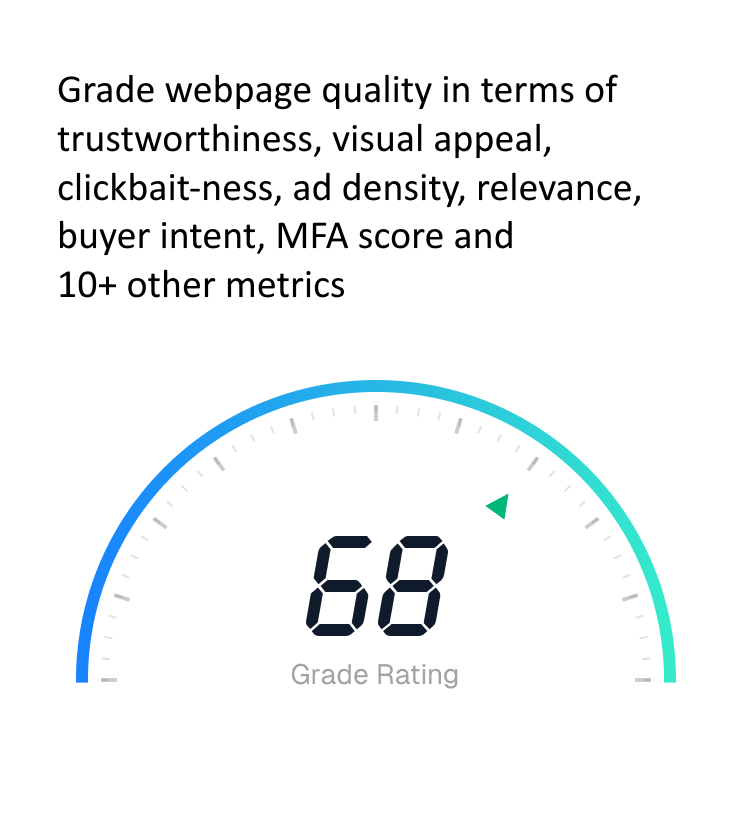
Global video platforms serve diverse audiences with varying cultural backgrounds, religious beliefs, social norms, and legal requirements. Effective contextual analysis must understand these cultural differences and adapt moderation decisions accordingly. Our cultural sensitivity analysis system incorporates understanding of global cultural contexts to ensure appropriate and respectful content moderation across different cultural communities.
Many cultural and religious practices involve elements that might be misunderstood or inappropriately flagged by context-unaware moderation systems. Our cultural analysis system recognizes legitimate religious ceremonies, cultural celebrations, traditional dress, and cultural practices that require special consideration in moderation decisions.
The system's cultural database includes understanding of diverse global traditions, enabling appropriate handling of content that depicts cultural practices that might be unfamiliar to some audiences but are legitimate expressions of cultural identity and tradition.
Different regions and countries have varying legal requirements and social standards that affect content moderation decisions. Our contextual analysis system incorporates understanding of regional legal contexts, social norms, and cultural sensitivities to enable geographically appropriate moderation decisions.
This regional awareness is particularly important for global platforms that must balance diverse legal requirements and cultural expectations while maintaining consistent safety standards across all user communities.
Cultural context extends to language use, communication styles, and linguistic expressions that may have different meanings or appropriateness levels in different cultural contexts. Our system's cultural sensitivity includes understanding of how language, gesture, and communication patterns vary across cultures and how these variations should affect moderation decisions.
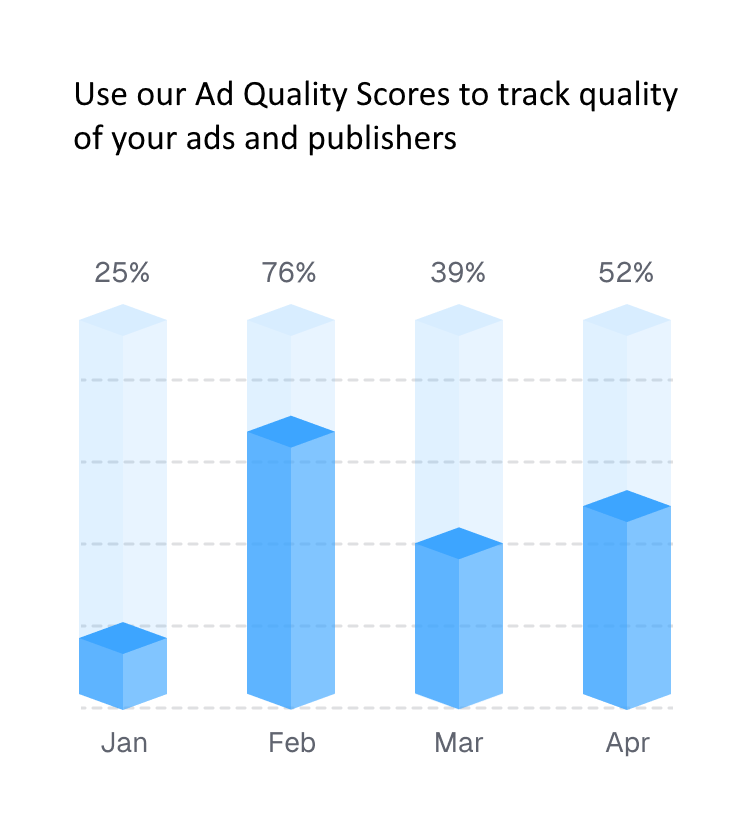
Understanding how context evolves throughout video duration requires sophisticated temporal analysis that tracks narrative development, content progression, and changing circumstances within video content. Our temporal context system maintains awareness of how content meaning and appropriateness change over time, enabling more nuanced moderation decisions based on complete narrative context rather than isolated moments.
Many videos contain narrative structures where individual moments must be understood within the context of the complete story being told. Educational content might show problematic behavior as part of a lesson about consequences, while entertainment content might depict violence within a larger moral framework. Our narrative analysis system tracks story development to understand individual content elements within their complete narrative context.
Some content develops context progressively throughout video duration, with early segments that might seem inappropriate becoming clearly acceptable when viewed within complete context. Our progressive context analysis maintains awareness of developing context throughout video timeline, ensuring that moderation decisions consider complete content context rather than preliminary impressions.
Videos sometimes contain shifts in context that change the appropriateness of subsequent content. Educational content might transition to entertainment, news coverage might shift to opinion, or appropriate content might deteriorate into policy violations. Our contextual shift detection identifies these transitions and adjusts moderation approaches accordingly.
Understanding of narrative frameworks and story development patterns.
Monitoring how content context changes throughout video duration.
Identification of context shifts that require moderation approach changes.
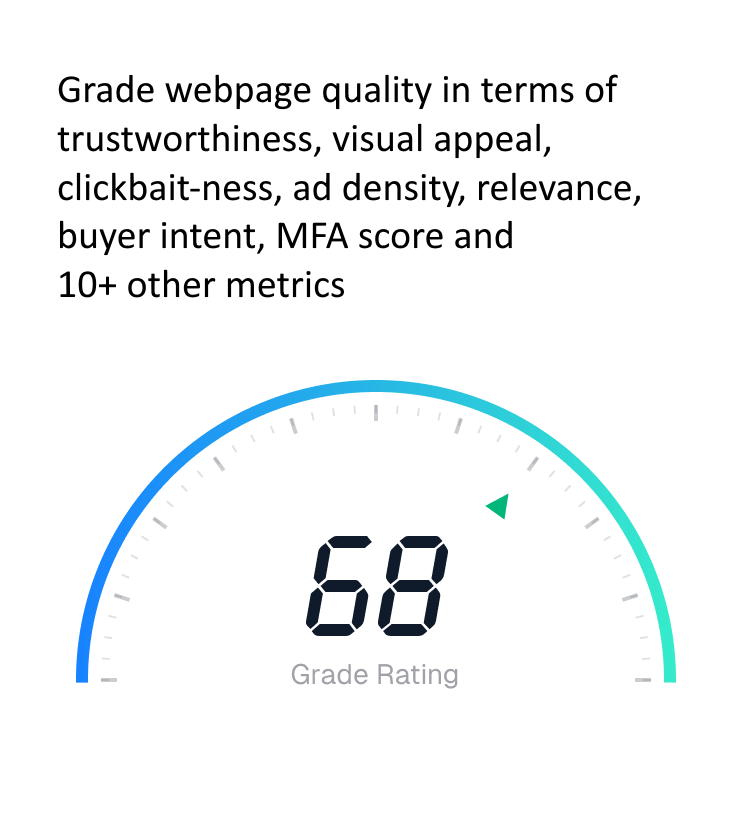
Comprehensive contextual analysis requires integration of information from multiple sources including visual content, audio analysis, text elements, metadata, and external context signals. Our multi-modal integration system combines these diverse information sources to create holistic understanding of content context and purpose.
The relationship between visual and audio elements often provides crucial contextual information. Educational content typically exhibits alignment between visual presentation and instructional narration, while entertainment content might show different audio-visual relationships. Our correlation analysis examines these relationships to better understand content purpose and context.
Video titles, descriptions, tags, and other metadata provide important contextual clues about content purpose and intended audience. Our contextual analysis system integrates this textual information with content analysis to create more complete understanding of content context and creator intent.
Context often extends beyond the content itself to include factors such as creator identity, upload context, audience demographics, and platform-specific factors. Our system incorporates these external signals where available to enhance contextual understanding and improve moderation accuracy.
Implementing advanced contextual analysis within existing content moderation workflows requires careful integration with platform systems, policy frameworks, and human moderation processes. Our contextual analysis system is designed to enhance rather than replace existing moderation approaches, providing additional intelligence that improves decision accuracy and reduces false positives.
Different platforms have varying policies, community standards, and legal requirements that must be considered in contextual analysis. Our system supports flexible policy configuration that enables platforms to implement contextual analysis approaches aligned with their specific requirements and community standards.
Contextual analysis provides valuable intelligence for human moderators, helping them understand content context and make more informed decisions about borderline cases. Our system provides detailed contextual reports that explain the reasoning behind contextual assessments, enabling human moderators to make better-informed decisions.
The field of contextual analysis continues to evolve rapidly, driven by advances in artificial intelligence, natural language processing, and computer vision. Future developments in our contextual analysis capabilities focus on enhanced cultural understanding, improved intent recognition, and deeper integration with emerging content formats and creation methods.
Ongoing research into emotional intelligence, psychological pattern recognition, and social dynamics promises to further enhance the system's ability to understand complex human communication and interaction patterns within video content.
Scene understanding and contextual analysis represent the evolution of content moderation from simple detection to intelligent comprehension. By understanding not just what content contains but why it exists and what purpose it serves, contextual analysis enables more fair, accurate, and nuanced moderation decisions that protect users while respecting legitimate expression.
For platforms seeking to implement truly intelligent content moderation that balances safety with fairness, advanced contextual analysis provides the technological foundation necessary to navigate the complex landscape of modern digital content with wisdom and precision.